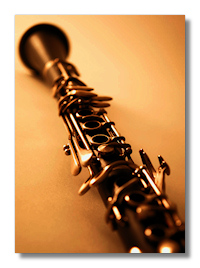
How acoustic instruments torment their players
By Jan Swafford
Years ago, I heard a lovely evening of South Indian music that involved a double-headed drum called a mridangam. Afterward, somebody asked its player what the stuff he'd been smearing on one of his drum heads throughout the performance was.
"Cream of Rice," he replied.
"You mean, like in the supermarket?"
"Indeed, yes."
Turns out, breakfast cereal is just the thing to keep the head of your mridangam smooth and supple. While pop musicians and classical composers alike are always going on about computer software, acoustic instruments and the people who play them are a far more cultish affair. They're still doing things by hand in traditional, sometimes outlandish, sometimes messy ways.
I spent some years of supposedly being a musician, but the beginning of my education in the low-tech and faintly mystical endeavor of creating acoustic instruments came when I interviewed a well-known stringed-instrument maker. When he told me his instruments were based on close study of Strads, I asked, Why not use modern technology to duplicate every millimeter of, say, a Stradivarius violin, chemically analyze the varnish and duplicate it, et voilà: great violin. He sighed, having heard that one before. "You know, every piece of wood is different," he said. Every piece of the six kinds of aged wood in a violin has to be shaped according to its particular resonance, elasticity, and function. And the varnish? "Don't get me started," he said.
Read more about this at the Slate website:














